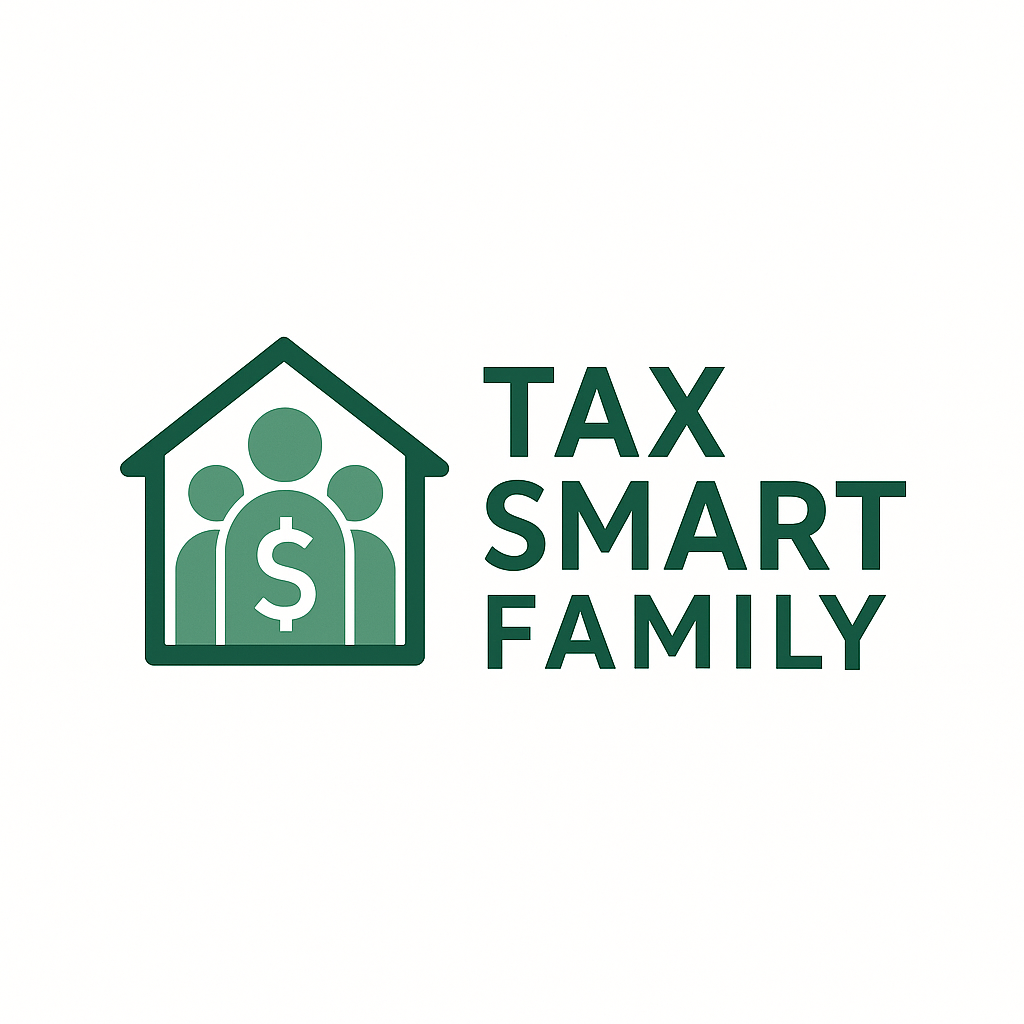How to Document Work Logs for Your Kids (and Protect Yourself from IRS Scrutiny)
Simple steps to build an audit-ready paper trail
Hiring your kids into your family business is powerful.
Paying them properly is smart.
Investing their wages is life-changing.
But there’s one critical layer that holds it all together:
Documentation.
Without clear work records, the IRS can — and will — challenge deductions, wages, and legitimacy.
In this post, I’ll walk you through:
- Why work logs matter so much
- How we document every project
- Simple templates anyone can use
- And mistakes that could cost you everything
Why Work Logs Are Non-Negotiable
Here’s the truth:
If you can’t prove your child performed legitimate work, their wages could be reclassified as non-deductible personal gifts.
That could mean:
- Losing business deductions
- Paying back taxes
- Facing penalties and interest
- Getting pulled deeper into an audit
Work logs are your receipt that the work happened.
If you treat your kids like real employees — even in a family-owned context — you need real documentation.
What the IRS Would Look For
If audited, the IRS may ask:
- What services your child performed
- When the work was done
- How the pay was determined
- Proof of the child’s contribution to your business operations
You can’t just say “They helped.” You must show it.
How We Track Work
1. Monthly Work Logs
Each child has a digital log (in Notion, Google Docs, or Excel) that includes:
- Child’s name
- Month and year
- Projects participated in
- Tasks completed
- Time spent (hours or reasonable time estimates)
- Notes about deliverables (e.g., photo shoots, video recordings, likeness approvals)
We update it at the end of each month.
2. Screenshots and Media Files
Every time our kids appear in:
- YouTube videos
- Posters
- Book covers
- Internal project planning sessions
We save a dated screenshot or file.
A simple Google Drive folder structure:
- /Child Name/Year/Month/Assets
This creates a clear timeline of participation.
3. Signed Agreements and Releases
Each child has:
- A basic work agreement (outlining their role and scope)
- A likeness release (allowing us to use images, voices, characters)
Even though it’s internal, it shows professionalism and intent.
Templates are simple:
- One-page documents
- E-signed via Dropbox Sign, DocuSign, or printed and scanned
4. Quarterly Summaries
Every three months, we compile:
- The past three monthly logs
- New screenshots/media
- Payment records from payroll software
This gives us a clean audit-ready packet for every quarter.
Sample Monthly Work Log Template
You can copy and reuse a version like this:
| Child's Name | Month | Task | Project | Hours Worked | Notes |
|---|---|---|---|---|---|
| Emma Diaz | April 2025 | Likeness modeling | Storybook Cover #4 | 2 hours | Approved final illustrations |
| Robert Diaz | April 2025 | Voice snippets | YouTube Short Series 2 | 1 hour | Recorded narration for 3 videos |
Simple. Repeatable. Solid.
Mistakes to Avoid
- Waiting until December to recreate 12 months of work from memory
- Not saving visual proof (screenshots are your best defense)
- Overstating hours or value unrealistically
- Using vague descriptions like “helped around the business”
Precision matters.
How Long to Keep the Records
Minimum:
- 3 years from the date the return was filed (standard IRS audit window)
Best practice:
- 7 years, especially if your child's wages are material or if you're using the deductions aggressively
Final Thought: Work Logs Aren’t About Fear — They’re About Stewardship
Good documentation isn’t just about surviving an audit.
It’s about honoring the work, the structure, and the long-term plan you’re building for your family.
When you treat your child's contributions with the same professionalism you would treat any employee’s, you send a message:
This matters. You matter. Your future matters.
And that’s worth a little extra recordkeeping every month.
Next post: The Single Best Investment We Made in Building Our Family Business Structure.
Disclaimer: The information provided in this post is for general educational and informational purposes only. It is not intended as, and should not be construed as, financial, legal, tax, investment, or other professional advice. You should consult with your own qualified advisors before making any financial decisions. We disclaim all liability for any actions taken based on the content provided.
